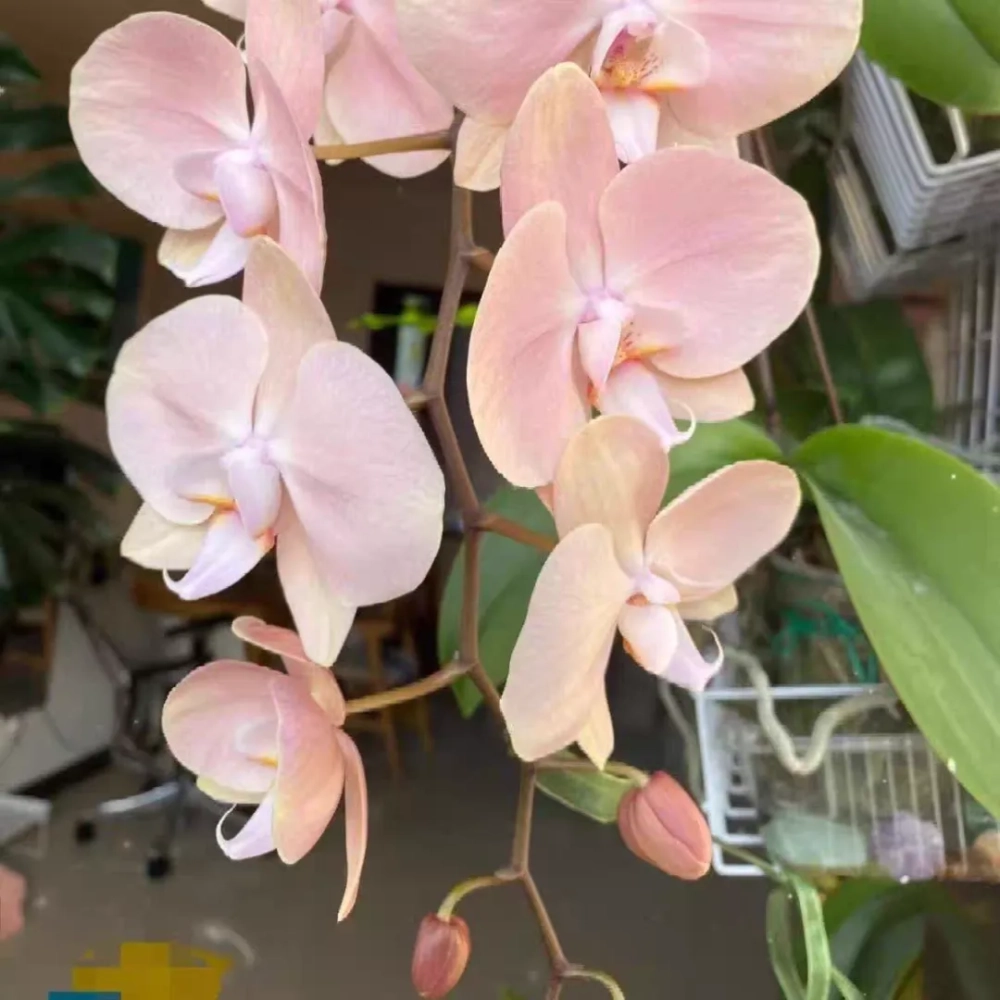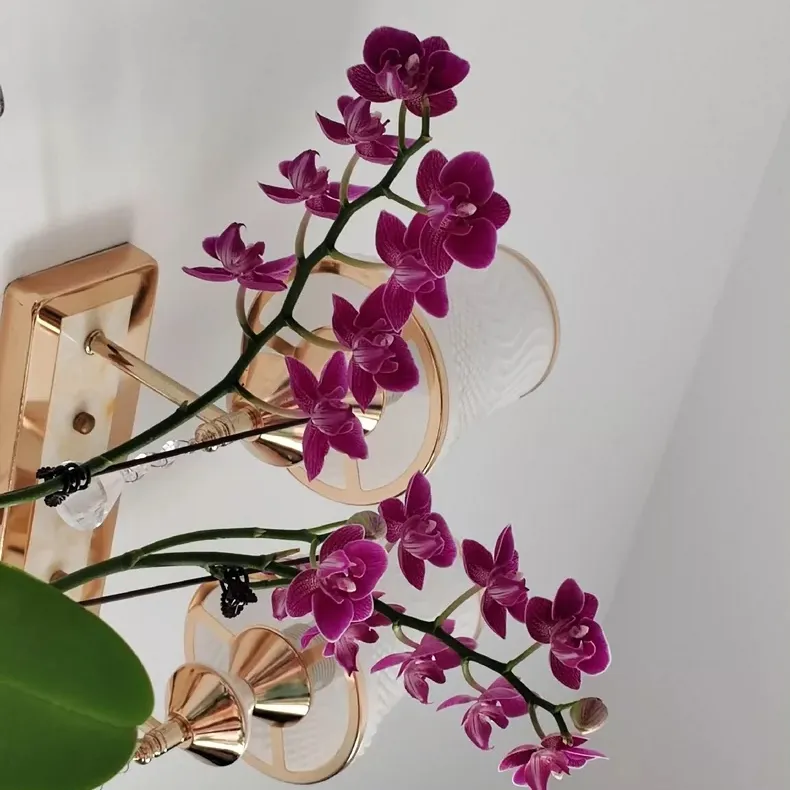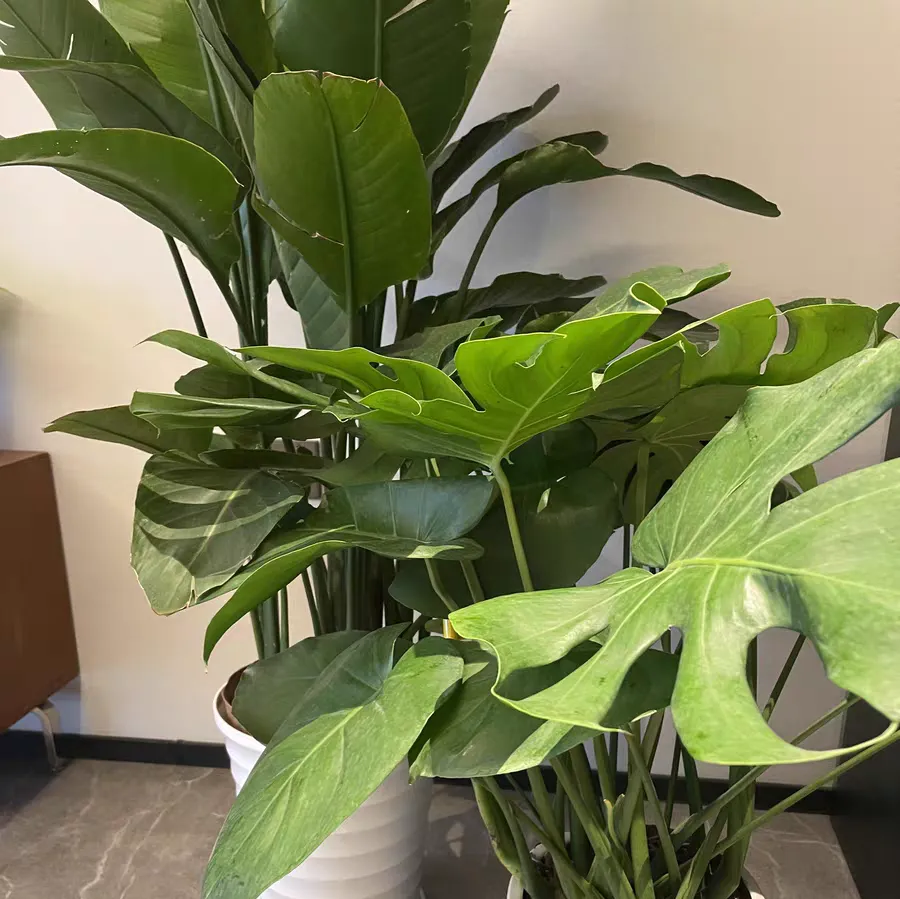For Podocarpus nagi, in addition to the traditional soil cultivation method, hydroponic cultivation of Podocarpus nagi has gradually become a popular choice. Hydroponics can not only show the fresh beauty of Podocarpus nagi but is also cleaner and more convenient. Next, let's learn about the hydroponic methods and precautions of Podocarpus nagi together.
Before hydroponically cultivating Podocarpus nagi, the first step is to complete the preparatory work. Choosing a healthy Podocarpus nagi plant without pests and diseases is the basis for successful hydroponics. A suitable container is also crucial. It is recommended to choose a transparent glass container, which is not only aesthetically pleasing but also convenient for observing the growth of the root system. In addition, some special hydroponic nutrient solutions, as well as planting baskets and ceramsite for fixing the plants, are also needed.
There are two common ways to obtain materials for Podocarpus nagi. One is to wash the roots of the soil-cultivated Podocarpus nagi plant and convert it to hydroponics. The other is to directly select the branches of Podocarpus nagi for water-rooting. If choosing to wash the roots, carefully remove the plant from the soil, gently shake off the soil from the roots, and then rinse them clean with water. Be careful not to damage the root system. For water-rooting branches, select healthy, semi-lignified branches, about 10 - 15 centimeters in length, remove the lower leaves, and retain 2 - 3 leaves on the upper part.
The following is the specific operation of hydroponics. Add an appropriate amount of clean water to the container. The water level should not be too high, and it is appropriate to just submerge 1/3 - 1/2 of the roots. Put the treated Podocarpus nagi plant in the planting basket, fix it with ceramsite, and then put the planting basket in the container. In the initial stage, change the clean water every 1 - 2 days to maintain the cleanliness of the water and prevent the growth of bacteria. After the plant adapts to the hydroponic environment, the interval for changing water can be gradually extended.
During the hydroponic cultivation of Podocarpus nagi, light is an important factor. Podocarpus nagi likes a semi-shady environment and avoids direct sunlight. It can be placed in a bright indoor scattered light location, such as near a window but avoiding direct sunlight. If the light is too strong, it will cause the leaves to turn yellow and dry; while insufficient light will affect the growth and photosynthesis of the plant, making the leaves dull.
Temperature is also a key factor affecting the growth of hydroponic Podocarpus nagi. The suitable growth temperature for Podocarpus nagi is between 18 - 26°C. During high temperatures in summer, pay attention to cooling the plants. You can reduce the environmental temperature by spraying water around and enhancing ventilation. In winter, pay attention to keeping warm to avoid plant frostbite due to too low temperatures.
Fertilization for hydroponic Podocarpus nagi is also essential. Due to the relatively fewer nutrients in water, it is necessary to add nutrient solutions regularly to meet the growth needs of the plants. Generally, adding diluted nutrient solutions every 2 - 3 weeks is sufficient. But be careful to dilute it strictly in accordance with the proportion in the manual to avoid fertilizer damage caused by excessive fertilization.
During the maintenance process of hydroponic Podocarpus nagi, attention should also be paid to the prevention and control of pests and diseases. Common diseases include leaf spot disease, anthrax disease, etc., and common pests include red spiders, scale insects, etc. Regularly inspect the leaves and stems of the plants. Once pests and diseases are found, take corresponding prevention and control measures in time. Specialized pesticides can be used for spraying, or a damp cloth can be used to wipe the leaves to remove pests.
In addition, it is necessary to prune the branches and leaves of Podocarpus nagi regularly. Timely pruning of yellow, withered, diseased and weak leaves and branches can not only maintain the beauty of the plant but also promote the germination and growth of new branches. At the same time, attention should also be paid to pruning the root system. If it is found that the root system is too long, rotten or aging, it should be pruned and cleaned in time to maintain the health and vitality of the root system.
Hydroponic Methods and Precautions for Podocarpus nagi

Share with
Tagged in :




Leave a Reply